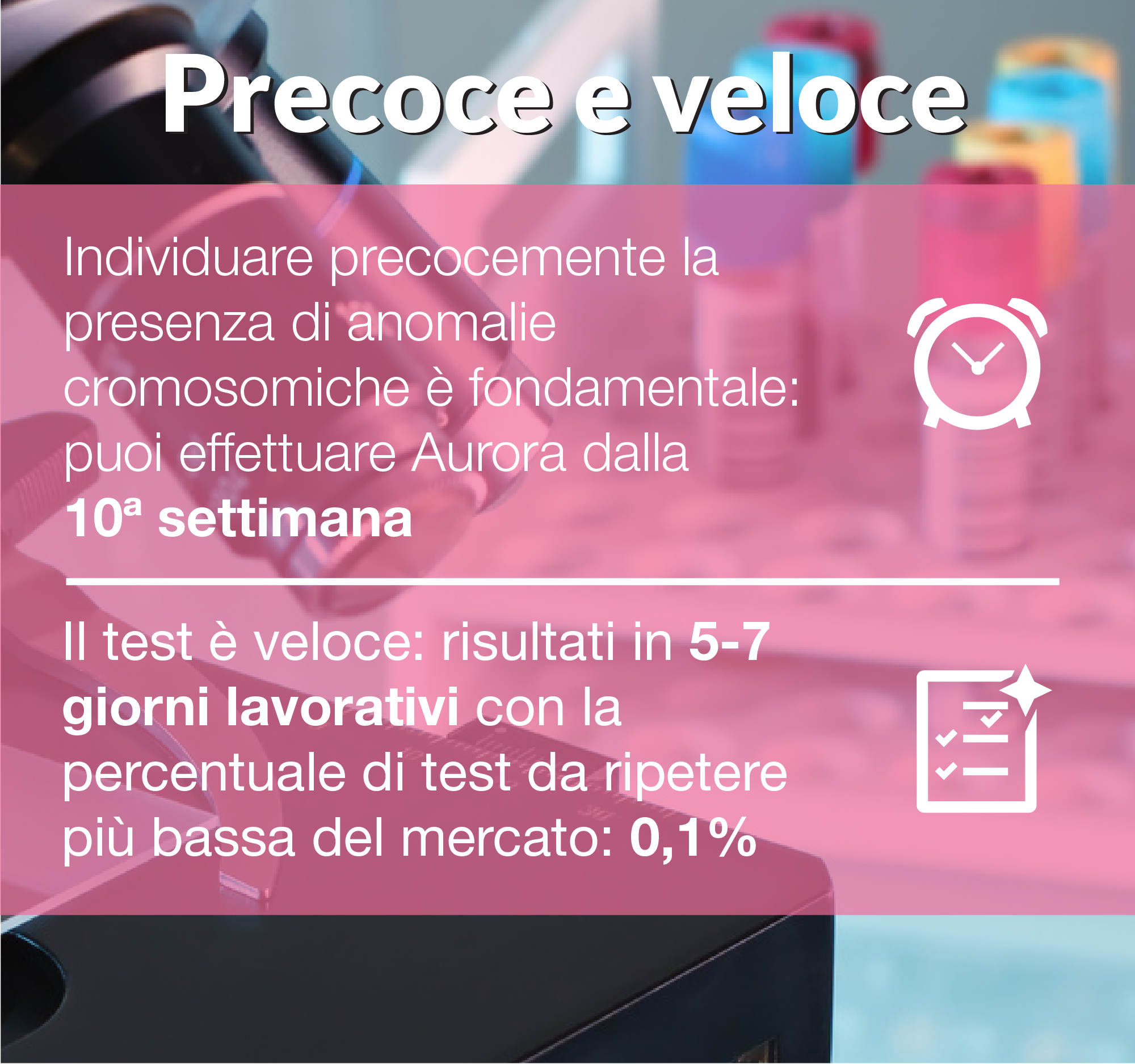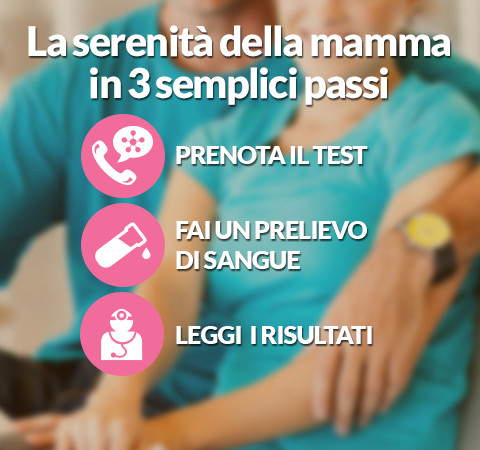The Penn Medicine researchers analyzed the impact of genetic testing for the CYP2C19 genotype. According to the study, immediate access to test results reduces the need for unnecessary drug treatments.
One of the most common treatments against arterial blockages is percutaneous coronary intervention. This is a non-invasive procedure, after which doctors prescribe aspirin and antiplatelet drugs. In this way the formation of plaques inside the arteries is avoided. Some patients respond negatively to this type of drug treatment.
According to some studies, the ineffective or negative response is linked to a mutation of the CYP2C19 gene. The person presenting the mutation should receive a different pharmacological treatment. The researchers then entered the genetic mutation test in the clinical protocol of 249 patients. The idea was to provide their doctors with immediate data on the presence or absence of this anomaly.
The study involved 504 patients: 249 performed the test; 255 who did not do it. Patients who did the genetic test received the results in one day. Their doctors received it even 90 minutes later. The latter also received the advice of a geneticist and some treatment recommendations. Once all the data was analyzed, the doctors made their prescriptions.
In 71% of cases, doctors followed the recommendations received from the geneticist. Indeed, some of them also analyzed different factors, which the test could not take into consideration. In many cases, the results have revealed the need to prescribe different treatments from the standard one. All of this resulted in fewer heart attacks, strokes and deaths related to cardiovascular factors.
Source: eurekalert.org



















